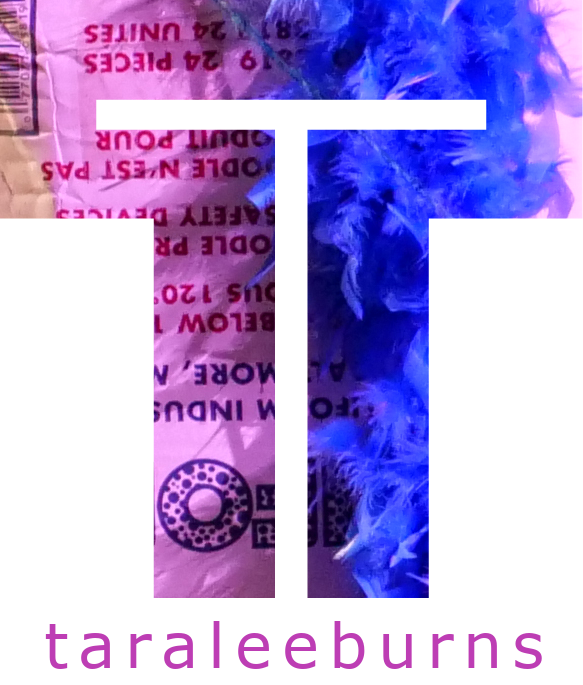Concept: The premise for this rehearsal was primarily to choreograph a sequence that specifically addressed the use of sound in Google’s Tilt Brush to be shown during Daniel Robert’s Graduate Composition class (above). Tilt World rehearsals (Jan 2020 – May 2020) are geared toward building an improvisational score, group of scores, and set choreography inside Google’s Tilt Brush and addressing the outside visual representation of the space.
Methodology: I paid particular attention to brush texture and sound as I improvised, taking into account the look of the brush and the sound it created. I chose three brushes that contrasted in texture and sound. Improvising with the three brushes, I worked with tempo and how to change between brushes physically and how the sounds were affected with the changes. This rehearsal also explored the affects of different colored backgrounds and the Mirror function in Tilt Brush.
Findings
Tempo dramatically changes the sound connected to each brush. The sound speeds up and increases in volume when moving slow to fast and the sound stops when the movement stops.
For the majority of this rehearsal I tried a white background (below) and then chose to show with a black background because the colors were more visible. I also played with different colored backgrounds such as blue and pink.
Discovering the mirror function allowed me to be able to see what I was doing on the other side of a “mirror” placed in the virtual space. I found that if you delete the paint around you, it does not delete in the mirror and vice versa. Using this function also includes a grid to denote the mirror.
Changing between colors and brushes you have to stop, switch to the new brush, click on it, switch to the new color, and click on that. These clicks have beeping sounds that disrupt whatever aural atmosphere you were creating with the brush sound. I chose to rotate my wrist to select different sounds to decrease the time of the disruption which created an interesting gesture, but this did not remove the disruption. I also chose to keep one color (yellow) in order to fiddle less with the palatte hand. Upon viewing the excerpt, fellow MFA, Emily Craver suggested this disruption could turn into something, like a section of movement investigating beeps.
Moving and painting close to the “mirror grid” allows your painting to merge with the mirror image. I chose to begin sitting close to the mirror. By keeping the brush out of my viewer camera I slowly built speed and volume merging the creation of a tangled nest with it’s replication.
Questions and Moving Forward
Upon watching the videos I really enjoyed the gradient light pink to dark pink when I laid down. The gradient color not only creates a depth in the space but would allow for different colors to be painted on different surfaces. Pink representing spring, birth, and femininity also bridges some ideas of female cyborgs within the context of the work.
In this version, I created a proscenium view. The screens all behind me. What does it mean to have an immersive event with the screens all around? How could I create this event in the Motion Lab with more space between the dancer (s) and the audience? Perhaps scrolls of paper hung from the ceiling could represent the history of drawing and also make small scrim surfaces throughout the space that the audience could easily walk around. Currently the Mirror function has a grid to show you what side of the mirror you are on. Can the mirror grid visual be invisible? Can i disable connection sounds and change of brush sounds?
